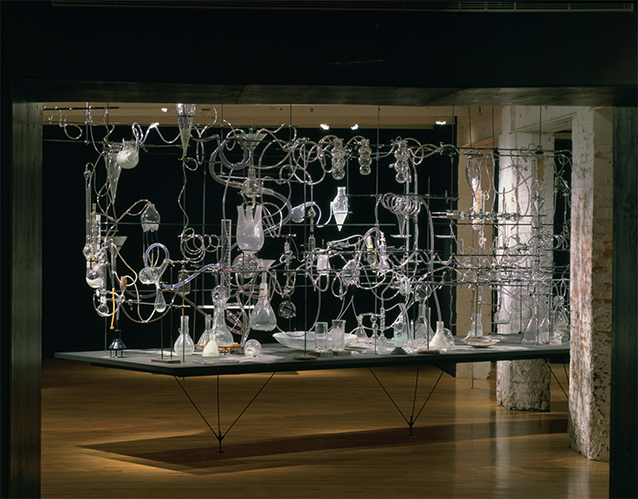“Not the End”
Artists on and against Nuclear Closure
Identifier (Artikel)
Abstract
Casualties of nuclear technologies are not immediate, and the populations that bear the most significant burden are too sparse to be noteworthy, especially in the case of uranium mining industries. Shaped by forms of settler colonialism – the US and Canada mine on Indigenous and First Nation reservations – effects of radioactive exposure produce slow, recursive forms of nuclear suffering as illness may take up to thirty years to manifest. This article zooms in on the case of uranium mining and the violence of the temporal lag between uranium exposure and the appearance of symptoms. It explores how this lag is critically interrogated by two contemporary artists that approach uranium mining histories as unresolved; as a series of situations whose unfolding goes on, thus going against the closure of narratives of uranium mining. Two artworks that critically engage with the slow temporality of uranium and its violent effects, and that this paper closely reads, are Bonnie Devine’s drawing series The Book of Radiance (1999) and video Rooster Rock, the Story of Serpent River and Eve Andrée Laramée’s installation Halfway to Invisible (2009). Both artists lay bare the temporal possibilities of turning our gaze away from obvious nuclear symbols, such as bombs and reactors, or what technology historian Gabrielle Hecht calls our fetishes of nuclear histories (Being Nuclear. Africans and the Global Uranium Trade), to rather engage with less obvious nuclear histories. Drawing on theoretical insights from recent scholarship in science and technology studies and art history around time, the paper emphasizes the affordances of contemporary art in redressing uranium mining as a slow and latent modality of the nuclear complex.
Statistiken


Lizenz

Dieses Werk steht unter der Lizenz Creative Commons Namensnennung - Nicht-kommerziell - Keine Bearbeitungen 4.0 International.


